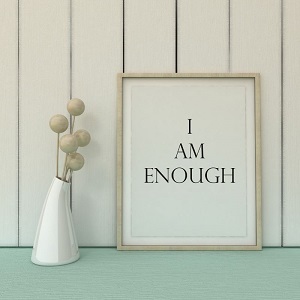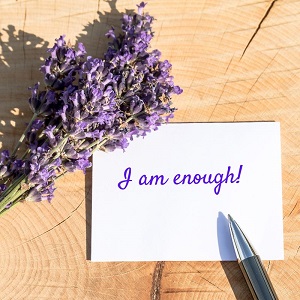 Do you have trouble being able to say no to someone or something? If you are the type of person who consistently says “yes” to requests, you will struggle to strike the correct work-life balance.
Do you have trouble being able to say no to someone or something? If you are the type of person who consistently says “yes” to requests, you will struggle to strike the correct work-life balance.
People in your professional and personal lives will notice that you consistently say “yes,” and as a result, they will overburden you.
Having too many responsibilities can lead to feelings of overload and tension. Neither of these will assist you in achieving a true work-life balance.
In some situations, you must learn to say “no.” This is not always easy because some people feel guilty when they say “no.”
Why Do You Feel Compelled To Say No?
When you say “no,” the major reason you feel bad is that you believe it is the wrong thing to do. Your thinking tells you that you should be as helpful to everyone as possible.
Saying “no” is simply a selfish act. This is untrue, and you should reconsider your position.
Many people believe that if they say “no” at work, their supervisor will retaliate negatively. They also assume that saying “no” in your personal life will disappoint your friends and family.
Neither of these things will be true if you learn to say “no” correctly.
Determine Your Priorities
 When you know what your priorities are and how much time it will take to complete them, saying “no” will be much easier.
When you know what your priorities are and how much time it will take to complete them, saying “no” will be much easier.
When you tell your boss “no,” you’ll be able to give a concise explanation of why you are declining.
Consider how doing something else will affect your current priorities every time you’re asked to do anything else.
Doing too much rarely works out since you won’t be able to devote enough time to each assignment to produce your finest work.
Create Effective Boundaries
You must create the rules that you are willing to follow both at work and at home. When you establish these limits, you must properly convey them to individuals who will be affected.
This will be your supervisor and coworkers at work. This could include your family and friends at home.
Decide what your primary principles are, as well as what you are and are not willing to do. Make sure you understand where your life is going and that you have the required goals and plans in place to help you get there.
Change The Way You Think About Saying No
Consider saying “no” to individuals in order to protect your priorities and ideals.
Saying “no” will be a lot simpler after you have a clear idea of your priorities and what you want to accomplish.
When you adopt this mindset, you will not feel terrible about saying “no.”
Taking The Blow Of Saying No And Softening It
You can do a variety of things to cushion the blow of saying “no” to someone. Explaining why you are saying “no” is always a smart idea.
Keep it short — you don’t want to waste time with lengthy explanations.
Final Thoughts!
If you can make a counteroffer, that will also help.
For example, if you know that a member of your team has significantly less work than you, inform your employer and request a meeting with them.
You might also volunteer to spend a few minutes answering questions about the assignment to assist the other person.
The Art of Saying No: Kenny Nguyen Video:
One thing I have learned is that when you say no to someone, they usually want you to defend your reason for saying no.
This can be very frustrating because most of the time, they will try to talk you into saying yes.
The way to get around this is to simply say: Thanks for asking, but that doesn’t work for me right now!
By saying these words instead of just now, you acknowledge the person for asking, but there is no room for them to argue with you.
Now, I’m not saying this works all the time, but it can a lot of times, as I have personally experienced.





